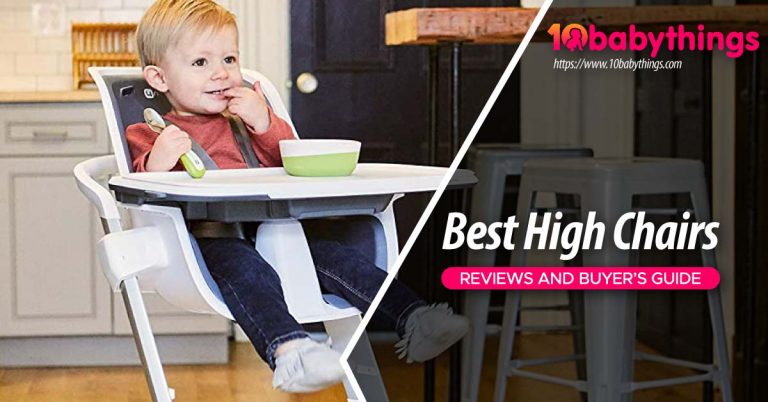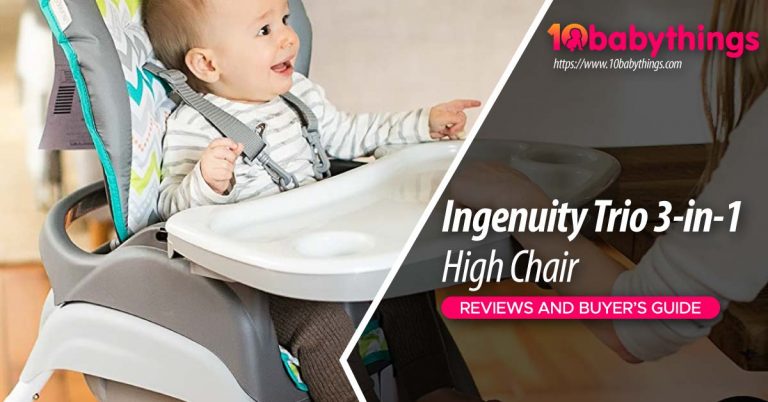Common Breastfeeding Positions for Moms

There are many different positions in which you can breastfeed your baby. You may wish to consider trying some of the commonly recommended breastfeeding positions when you have your first baby and are new to breastfeeding. If you are more comfortable with certain positions, you can try others. As you find out which ones fit you and your baby best, you’ll soon find the ones that are most comfortable.
Breastfeeding does not require a particular position. Whether you are lying down, sitting up, or standing, you can breastfeed. Whether you’ve seen or heard something you like is fine. Any position you like, as long as it’s comfortable for you and your baby, you can nurse there.
The Best Tips for Breastfeeding
You should keep the following things in mind before nursing your baby, regardless of what position you choose:
- Get everything ready for a feeding: water, snacks, burp cloths, nursing pillows, or any other items you would like to keep close at hand.
- Please take a seat. You should choose a comfortable chair, glider, or sofa that provides good back support while feeding your child. To relax your shoulders and support your arms, position pillows wherever necessary.
- Maintain a relaxed attitude. Breastfeeding has the added advantage of forcing you to relax and sit down. During the early days after birth, when you are still recovering from childbirth, this is particularly important. While your baby is feeding, practice deep breathing, focus on him or her (put your cell phone away if possible), and spend time with him or her.
- You may seek assistance from an International Board Certified Lactation Consultant (IBCLC) if breastfeeding is uncomfortable or you are experiencing difficulty latching. Ask a lactation consultant for assistance if you need it. Most hospitals have lactation consultants on staff. You can find an IBCLC near you by visiting www.ilca.org once you’re home.
Choosing the best position for breastfeeding
Every new mother is different, and so is every baby. There is no one “right” way to breastfeed. The important thing is to find a position that is comfortable for both you and your baby. Here are some of the most common breastfeeding positions.
Holding a cross-cradle
During your baby’s early days of breastfeeding, the cross-cradle hold is a very popular position because it gives you the best view of your nipple. As a means of achieving this position:
Take your baby across your body, tummy to tummy, as you sit up straight in a comfortable chair.
Place your thumbs and fingers behind your baby’s head and below his ears if you’re nursing from the right breast.
Your right hand should be placed at the 3 o’clock position and your index finger at the 9 o’clock position in order to support your breast from below. It helps the baby latch onto the breast by compressing it.
You can tickle the upper lip of the baby with your nipple while guiding his mouth to your breast.
Bring baby up to the breast when his mouth opens wide.
Hold cradle
If the latch-on is easy and the baby is nursing well, the cradle hold is a wonderful position to use. Unlike the cross-cradle, the baby lies in the crook of your arm, which requires only one hand since the head rests in the crook. You can lift the baby and support your elbows with a pillow just as you would with a cross-cradle.
The football hold
In the aftermath of a C-section, many mothers prefer the football hold, also known as the clutch hold. Basically, it’s like holding a football, with the body under your arm. Women with larger breasts or mothers of twins will love this position (it’s ideal for tandem nursing).
Your baby should be positioned on your right side under your arm, supported by a pillow, in order to achieve the football hold. Your baby’s nose should be level with your nipple when he is facing upward. Using your opposite hand, support your baby’s breast while holding his nipple with your thumb and fingers.
The side-lying position
It is very comfortable to nurse in the side-lying position while lying in bed. After breastfeeding is fully established and baby is a little bigger, many mothers find that this position works best after the early days.
A baby and mother lie side by side in this position. In order to prevent the baby from rolling away, place a pillow or towel behind his back. Place pillows between your knees and behind your back to make yourself more comfortable.
Forearms can be used to cradle your baby’s back. A forceful letdown requires this position in order to prevent milk from dribbling out of the baby’s mouth.
Breastfeeding in a laid-back manner
It may help to encourage your baby’s natural breastfeeding instincts to lay back and breastfeed. This is also called biological nurturing. A couch, a bed, or a recliner can all be used for laid-back breastfeeding. The baby should be placed face down on your chest with his arms hugging your breast while you recline about 45 degrees with pillows for support. As his body molds to yours, gravity will keep him in position.
Faq
In what position is breastfeeding the easiest?
The cross-cradle hold
Nursing in public is also easier from this position. In the cross-cradle position, you hold the baby with his or her tummy facing yours, tummy to tummy. For example, if you are nursing your baby on your left side. Your right arm supports the baby’s neck while your left hand supports the breast.
My baby doesn’t latch deeply. What can I do?
Lift your baby’s chin to touch your nipple while tilting his or her head back. Just above the upper lip, the baby’s nipple should rest. Put the lower jaw on first and wait for your baby to open wide. Put your baby’s upper jaw behind your nipple and tip his head forward.
How does Flipple work?
You should flipple your breast tissue as much as possible into your baby’s mouth using the flipple technique. Once they have latched on, use your finger to flip their top lip up after placing your nipple very high towards their nose.






